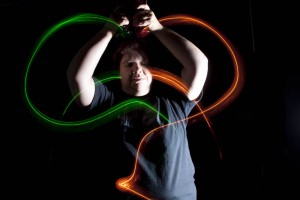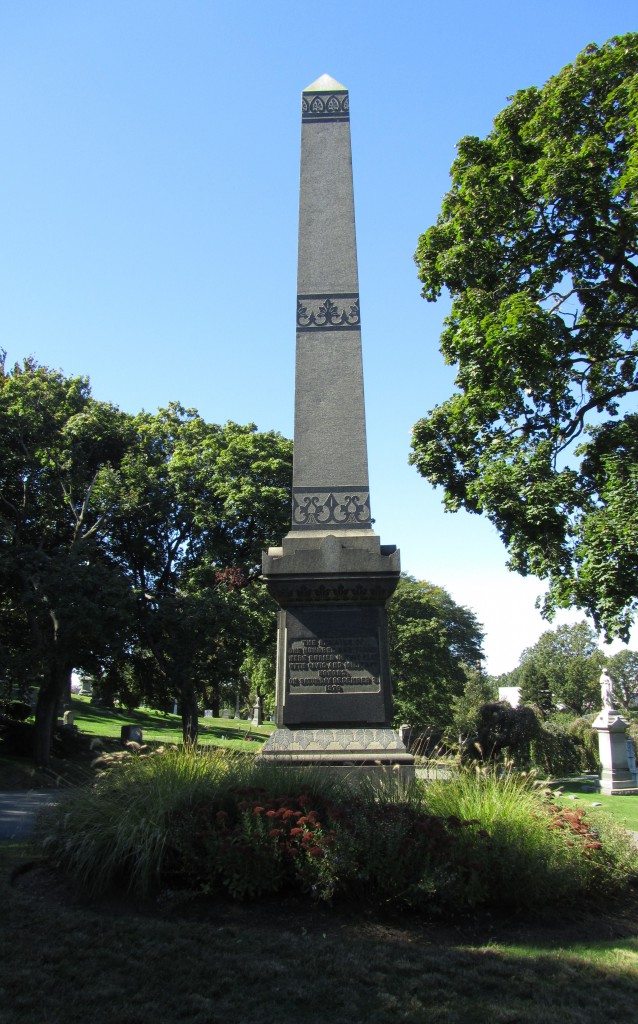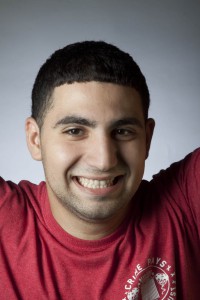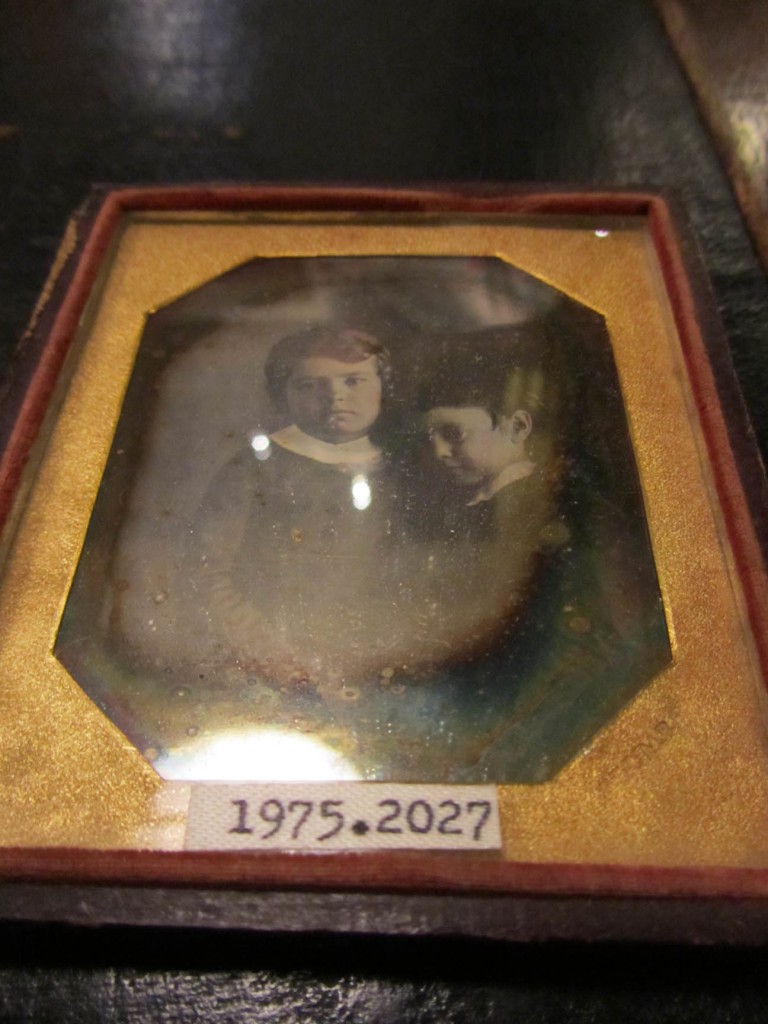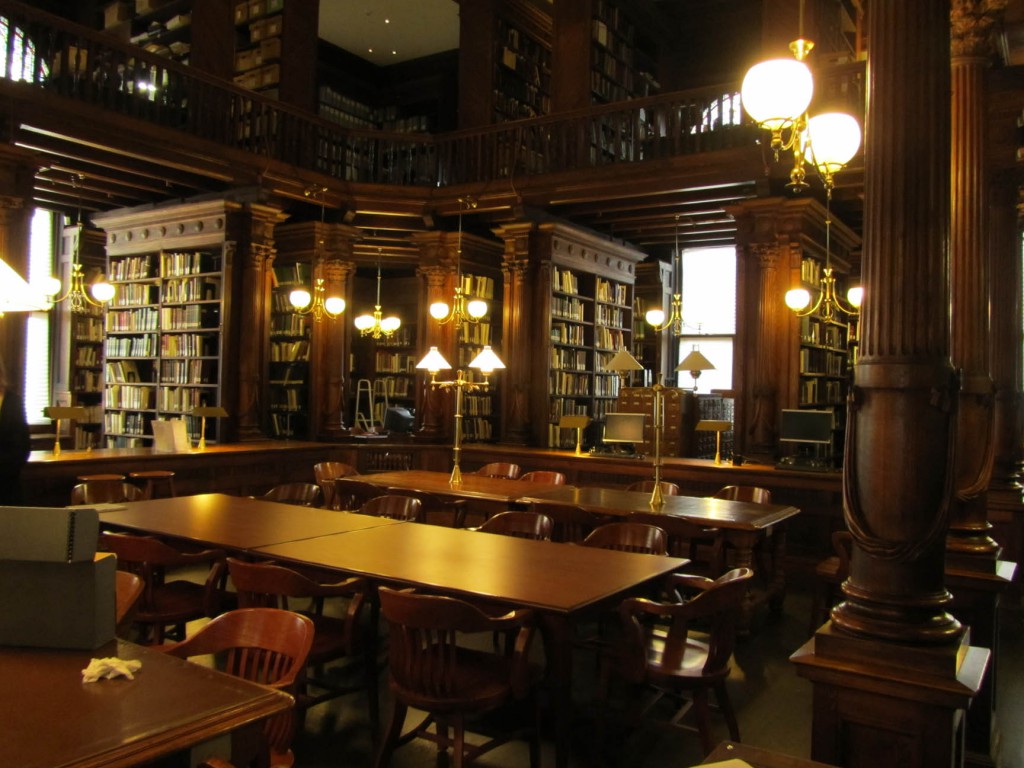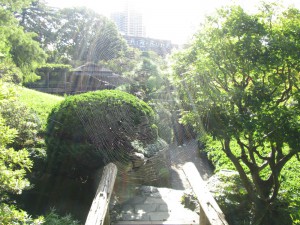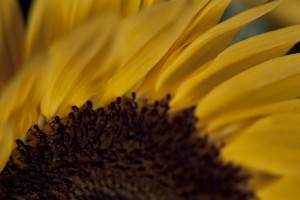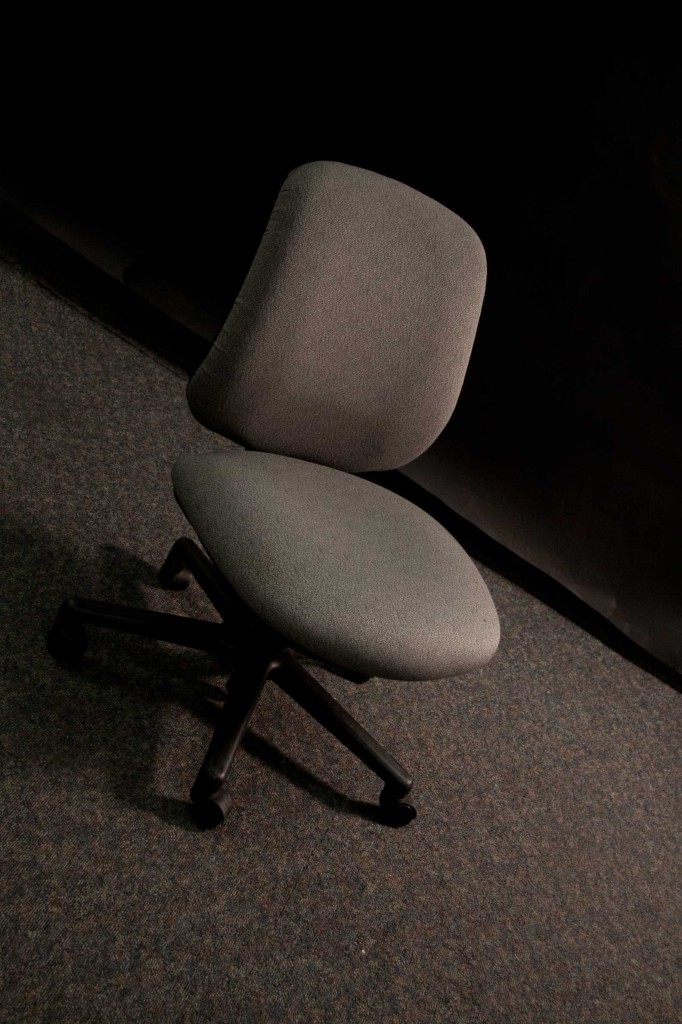This was a fabulous class!! I’ve always been a fan of photography, but before this semester, I had looked at backlighting, especially by the sun or a cloudy day’s diffused lighting as a hindrance to taking pictures, rather than a useful and creative tool. I learned about proper portrait lighting and terminology. The painting with light class was one of my favorites because it was so creative and I’d had no idea how that was done prior to this semester. I also noticed that I have been taking photos for years utilizing certain terminology/techniques, without knowing it.
I’d seen many photographs that used shallow depth of field (thought I didn’t know the terminology) and knew that professional photographers were doing this on purpose, but I did not know how create this effect and when this would accidentally happen in some of my photos, I would see it as a failure of my skills and the photograph. Now I know how to do this intentionally and make use of this technique. I truly understand the function of the shutter speed and how to use it. I’m still struggling with function and use of the aperture; I think this is partially due to the limitations of my current compact digital camera, and the fact that there wasn’t enough time to work with it in class. I’ve been considering getting a DSLR on and off for years, but felt that I didn’t know enough about how to use one. Now I am confident enough to purchase a DSLR and know that I will have plenty of time to practice with it next semester in Photography 2. This was one of my two favorite classes this semester and I expect Photography 2 will be a favorite next semester as well. I look forward to learning more!!
Another thing I really enjoyed about this class was the personal interaction when we worked in groups in class. I liked the fact that the groups were always changing. Although I didn’t get to work with everyone in the class, I worked with many. In so many classes you can go through the whole semester and never talk to or even know your classmates names.
This class has given me more confidence in my skills as a photographer.

